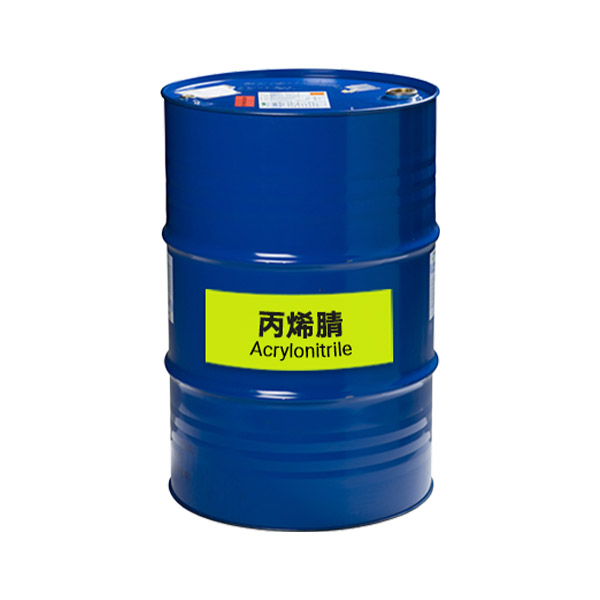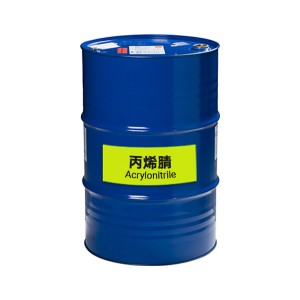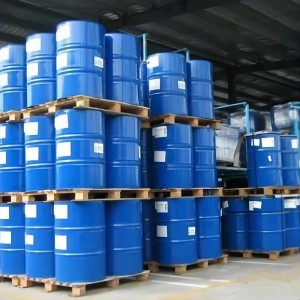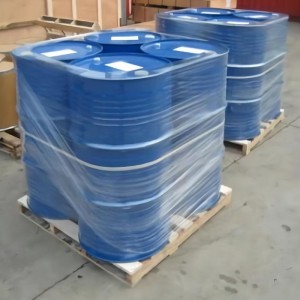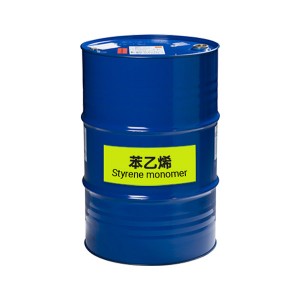
Products
Acrylonitrile for ABS resins
Acrylonitrile for ABS resins,
Acrylonitrile for Aacrylonitrile Butadiene Styrene,Acrylonitrile for ABS,
Acrylonitrile–butadiene–styrene (ABS) polymers are composed of elastomer dispersed as a grafted particulate phase in a thermoplastic matrix of styrene and acrylonitrile copolymer (SAN). The presence of SAN grafted onto the elastomeric component, usually polybutadiene or a butadiene copolymer, compatabilizes the rubber with the SAN component. Property advantages provided by this graft terpolymer include excellent toughness, good dimensional stability, good processibility, and chemical resistance. The system is structurally complex. This allows considerable versatility in the tailoring of properties to meet specific product requirements. Consequently, research and development in ABS systems is active. Numerous grades of ABS are available, including new alloys and specialty grades for high heat, flaming-retardant, or static dissipative product requirements. Good chemical resistance combined with the relatively low water absorptivity
Product Features
| Product Name | Acrylonitrile |
| Other Name | 2-Propenenitrile, Acrylonitrile |
| Molecular Formula | C3H3N |
| CAS No | 107-13-1 |
| EINECS No | 203-466-5 |
| UN NO | 1093 |
| Hs Code | 292610000 |
| Molecular weight | 53.1 g/mol |
| Density | 0.81 g/cm3 at 25℃ |
| Boiling point | 77.3℃ |
| Melting point | -82℃ |
| Vapor pressure | 100 torr at 23℃ |
| Solubility Soluble in isopropanol, ethanol, ether,acetone, and benzene Conversion factor | 1 ppm = 2.17 mg/m3 at 25 ℃ |
| Purity | 99.5% |
| Appearance | Colorless transparent liquid |
| Application | Used in the manufacture of polyacrylonitrile, nitrile rubber, dyes, synthetic resins |
Certificate of Analysis
|
Test |
Item |
Standard Result |
|
Appearance |
Colorless transparent liquid |
|
|
Color APHA Pt-Co :≤ |
5 |
5 |
|
acidity(acetic acid)mg/kg ≤ |
20 |
5 |
|
PH(5% aqueous solution ) |
6.0-8.0 |
6.8 |
|
Titration value (5% aqueous solution ) ≤ |
2 |
0.1 |
|
Water |
0.2-0.45 |
0.37 |
|
Aldehydes value(acetaldehyde)(mg/kg) ≤ |
30 |
1 |
|
Cyanogens value (HCN) ≤ |
5 |
2 |
|
Peroxide(hydrogen peroxide)(mg/kg) ≤ |
0.2 |
0.16 |
|
Fe (mg/kg) ≤ |
0.1 |
0.02 |
|
Cu (mg/kg) ≤ |
0.1 |
0.01 |
|
Acrolein (mg/kg) ≤ |
10 |
2 |
|
Acetone ≤ |
80 |
8 |
|
Acetonitrile (mg/kg) ≤ |
150 |
5 |
|
Propionitrile (mg/kg) ≤ |
100 |
2 |
|
Oxazole (mg/kg) ≤ |
200 |
7 |
|
Methylacrylonitrile (mg/kg) ≤ |
300 |
62 |
|
Acrylonitrile Content(mg/kg) ≥ |
99.5 |
99.7 |
|
Boiling range (at 0.10133MPa),℃ |
74.5-79.0 |
75.8-77.1 |
|
Polymerization inhibitor (mg/kg) |
35-45 |
38 |
|
Conclusion |
The results conform with enterprise stand |
|
Package and Delivery
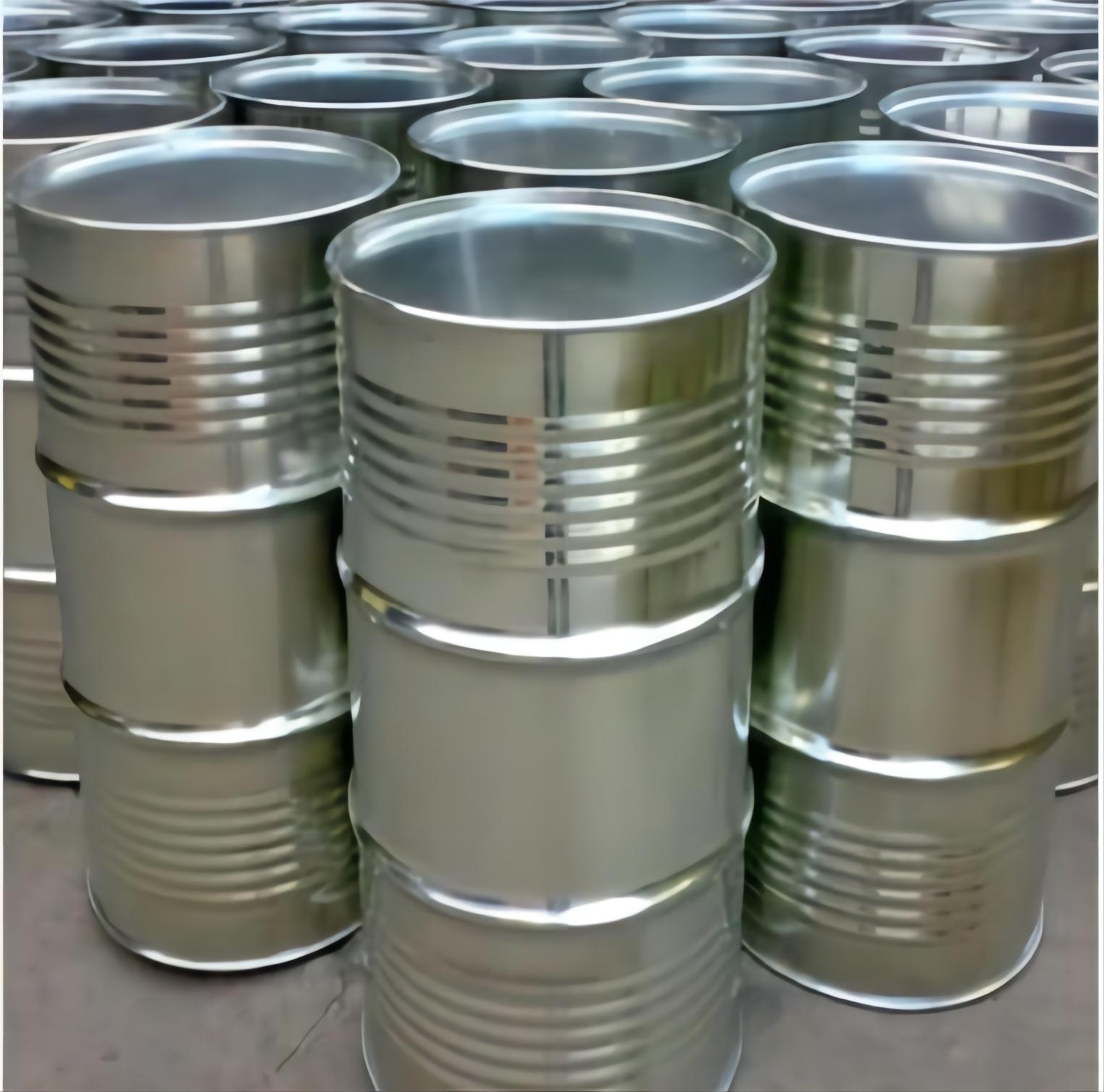
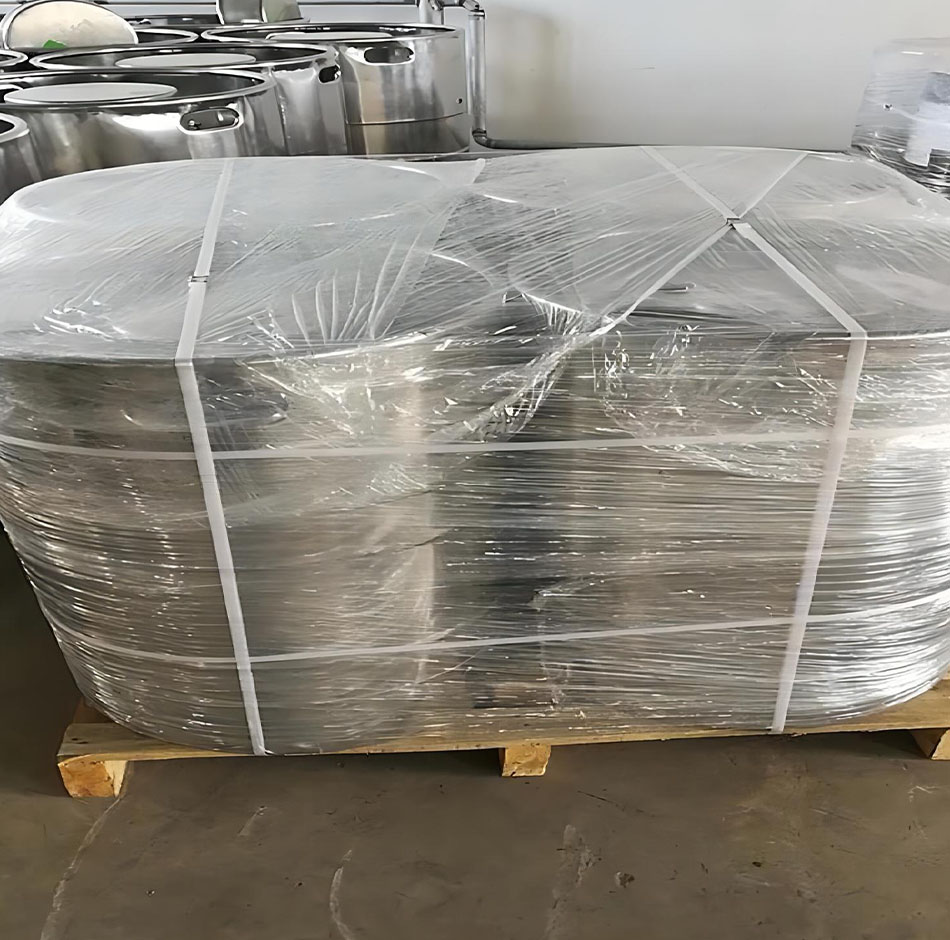
Product Application
Acrylonitrile is produced commercially by propylene ammoxidation, in which propylene,ammonia, and air are reacted by catalyst in a fluidized bed. Acrylonitrile is used primarily as a co-monomer in the production of acrylic and modacrylic fibers. Uses include the production of plastics, surface coatings, nitrile elastomers, barrier resins, and adhesives. It is also a chemical intermediate in the synthesis of various antioxidants, pharmaceuticals, dyes, and surface-active.
1. Acrylonitrile made of polyacrylonitrile fiber, namely acrylic fiber.
2. Acrylonitrile and butadiene can be copolymerized to produce nitrile rubber.
3. Acrylonitrile, butadiene, styrene copolymerized to prepare ABS resin.
4. Acrylonitrile hydrolysis can produce acrylamide, acrylic acid and its esters.

